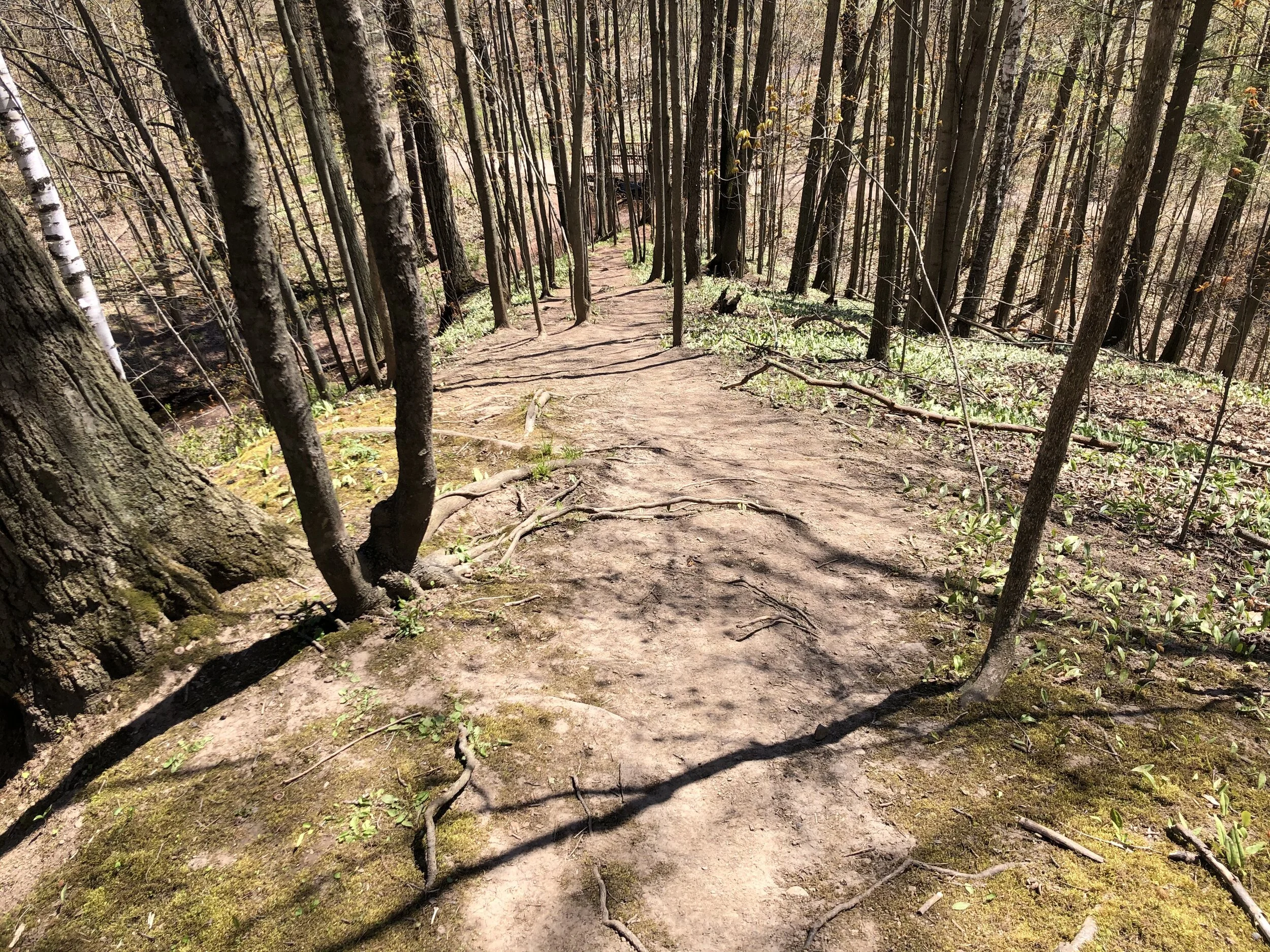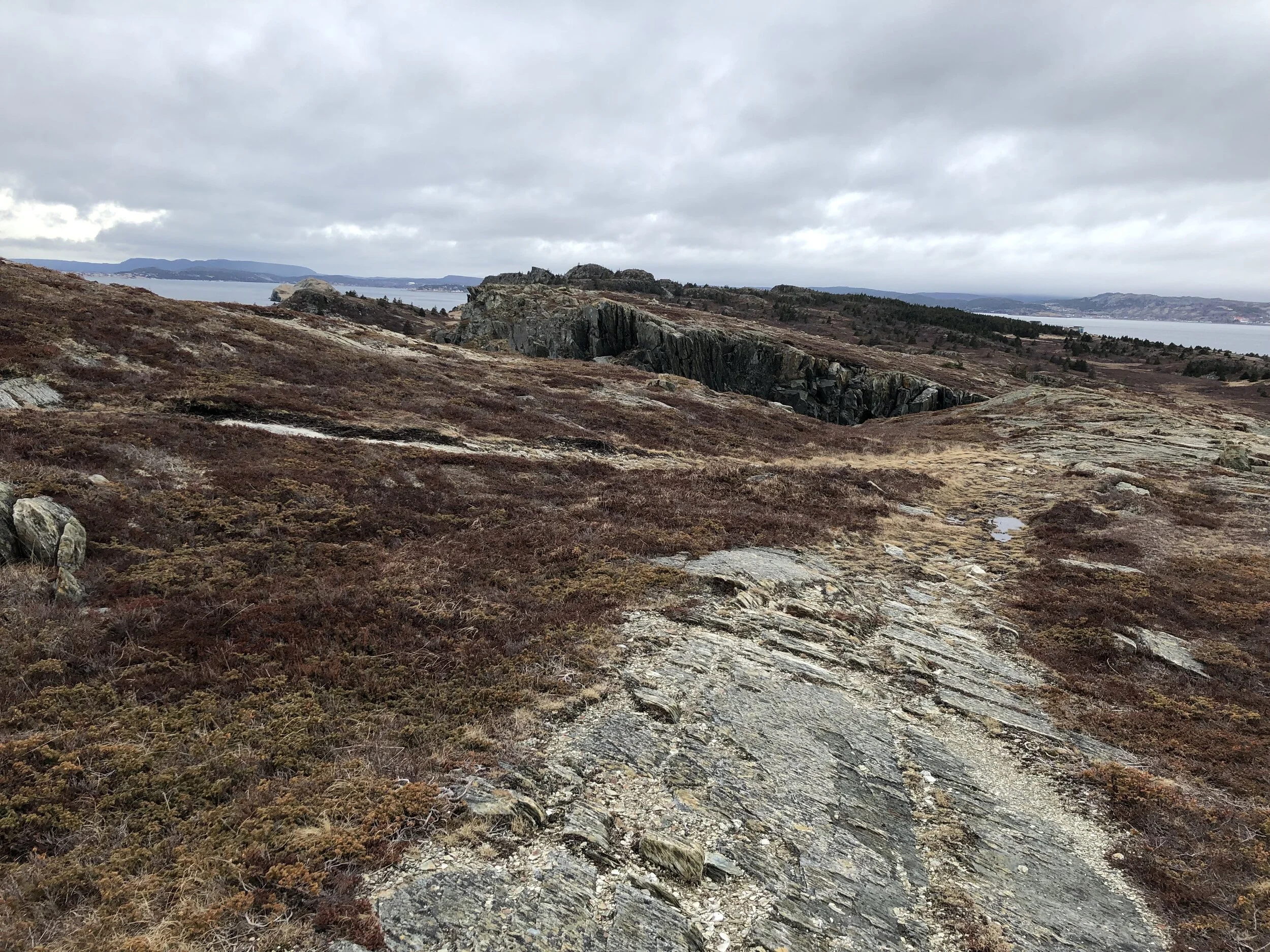When I read a blog, I want to get sucked down a rabbit hole. I want to dig deeper and deeper into someone’s thoughts and ideas about stuff they’re passionate about and how it can inform my direction too. I want to click on links, both on their own blog and elsewhere on the web, and I want this trail of thought to open up my mind in the same way that the internet first did for so many of us 25 years ago. And I want them to churn out more and more articles so I can come back day after day to get regular doses of the same insight that they first inspired m with.
Now that we’re in the midst of a world-wide pandemic, there’s a new urgency. We need a way forward that isn’t dominated by the corporate voices of print/electronic media or by the ceaseless clatter of social media, but from people who take the time to think, research, and put together independent ideas, who can show us what survival and growth might look like, and can do it on their own small patch of internet real estate.
Below is a selection of blogs that captures and holds my attention. Some of these were discovered years ago, and some only recently. All are worth a healthy chunk of your time.
Colin Walker - Part of the pleasure of reading Colin’s blog is observing the blog unfold, as well as reading about what his blogging process might become over time. There is a fragmentary nature in the writing of the old-school bloggers (as opposed to the current corporate clickbait blogging style); it is this unfinished quality that creates authenticity and invites many repeated visits over time.
Collaborative Fund - Although the Collaborative Fund is a private investment group, they also operate a first-rate blog that looks at the nature of opportunities, risk, and promise, based on research and fact-finding that rarely makes it into traditional media narratives. Authors Morgan Housel, Tejinder Gill, Taylor Greene offer well-read and politically neutral viewpoints that are a very good antidote to the emotionally charged worlds of traditional and social media.
Cultural Offering - Kurt Harden offers us regular doses of his viewpoints on current events, strongly tempered by a commitment to family, love of music, and a well-stocked library.
David Perell - If you’re a fan of long-form writing and the craft that goes into it, this is the place for you. In addition to his wide-ranging blog, David also offers a podcast and online writing course.
Execupundit - Michael Wade’s long-running blog demonstrates a well-grounded approach to business and life. Posts are generally short, but offer strong perspectives on how to become a responsible and cultured person who gravitates towards leadership.
Flashing Palely in the Margins - Sameer Vasta is “a snail-mail boy living in an email world” who passes his time “reading my never-ending stack of library books, writing letters to penpals, and exploring the urban landscape on foot.”. What I like about Sameer’s blog is the minutiae of small things he notices about quarantine, and the honesty with which he talks about his challenges. And he has great taste in poetry.
Kottke - One of the original bloggers from before 2000, Jason Kottke finds the very best material on the web and presents it in a highly digestible manner. Kottke is in the grand tradition of the original conception of blogging, which was less a pulpit or advertising medium, and more a regular curation of the coolest stuff on the web.
Marginal Revolution - Tyler Cowan and Alex Tabarrok are economists who look at the world and its political machinations in a highly nuanced, balanced, and respectful manner. MR is always a useful antidote to reading the news and helps you to find the currents beneath the headlines.
Melanie Spanswick - Melanie is a pianist, teacher, composer, writer with one foot in the musical tradition and another firmly planted in the present. I share a lot of Melanie’s articles on piano technique with my students because of her clear and concise way of explaining how to practice.
Middle Class Artist - The arts have been hit hard by the pandemic and Zach Finkelstein is one of the strongest advocates for the artist in society and their never-ending challenge to make an honest living practicing their art. He’ll also look you in the eye and tell you the truth about how arts organizations have been handling change in a less than stellar manner. If you care about the future of the arts, read MCA.
Ness Labs - Anne-Laure Le Cunff is an entrepreneur and neuroscience student interested in how we think and how we can be more mindful with our productivity. Ness Labs is one of my favorite rabbit holes of learning how to uncover a better structure for work, creativity, and thinking. In particular, take a look at Anne-Laure’s articles on building digital gardens.
The Newsprint - Josh Ginter writes about how he uses tech and navigates life, and writes with more heart than almost any other writer I know. He’s also a kick-ass photographer and writes for the Sweet Setup.
Nicholas Bate - The deeper you go into his vast archives, the more you’ll find that Nicholas’ advice has the distinction of being both timeless and up-to-the-minute. Not to mention a healthy serving of reading the classics, getting some daily exercise, eating great meals, and planning with pencil and paper.
No Dead Guys - Rhonda Rizzo gave up the hectic musician’s life in order to slow down and develop a saner, more grounded career that fit her genuine interests. Since quarantine, her articles have focused on solutions for those of us who are looking for a way to adapt to the coming changes.
Patrick Rhone - Patrick is another blogger who I’m been following for over 10 years, and whose viewpoints resonate greatly with me. Patrick’s articles strike an effective balance between quick links and timeless articles, and always writes with authenticity and heart.
Rebecca Toh - Based in Singapore, Rebecca is a photographer whose blog is often about anything but photography, and her forced hiatus with travel has informed some remarkable introspection over the last few months.
Susan Eichhorn Young - It has been years since I’ve had a chance to catch up in person with Susan, but her blog is always a positive place for those in the arts to help find their true calling and true voice. Since the onset of quarantine, her blogging voice has become even more authentic and encouraging in the hopes that those of us devoted to the lyric theatre may be able to find a way forward.
the collected ahp - Technically this is an email newsletter, but the mechanics of Substack allow it to function as a blog if you browse the archives. The reason I included it is because the quality of Anne Helen Petersen’s writing is considerable, and she also includes some very useful links at the bottom of every post. Also lookout for AHP’s upcoming book on millennials and burnout.
Three Star Leadership - The leadership philosophy of Wally Bock is grounded in care for people as much as results. Along the way, there is a lot of reading and apprenticeship involved, and Wally’s blog provides plenty of leadership training, both from his own articles and links to others.
Wealest - Thomas Waschenfelder’s goal of mastering the mindset of the wealthy relies on a slow, steady, work ethic as well as a combination of mindset, risk, and luck. There are no quick fixes here, but some strong ideas presented in a very engaging writing style.








